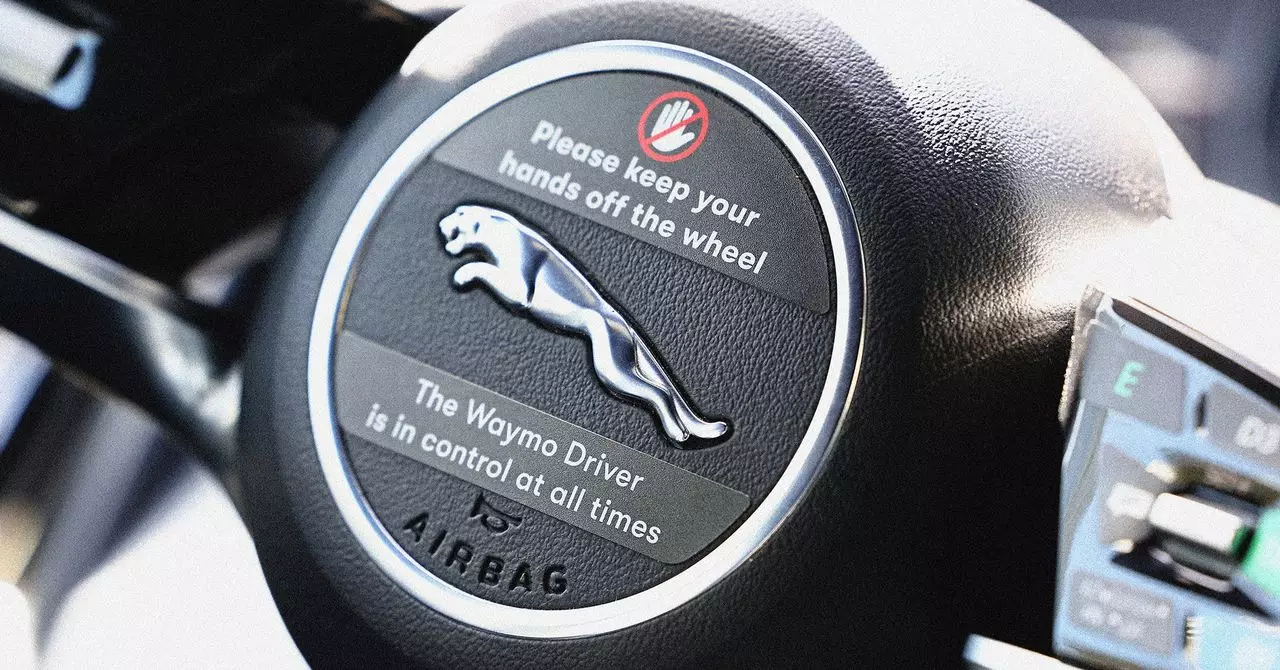The advent of autonomous vehicle technology has long been debated—heralded by some as a revolutionary breakthrough, and feared by others as a harbinger of unforeseen risks. Recent strides made by Waymo demonstrate a compelling shift: allowing teenagers to independently access self-driving cars, specifically in the Phoenix area, signifies not just technological progress but a profound reimagining of youth independence. This move is a testament to how innovation can challenge conventional limitations on mobility, especially for young individuals who are often constrained by legal and societal restrictions on driving. In offering dedicated “teen” accounts, Waymo is positioning itself as a catalyst for change, advocating that technology can fill critical gaps in access and safety.
The potential expansion of this service across multiple U.S. markets suggests a deliberate effort to democratize autonomous transportation for adolescents. Cities like Los Angeles, Miami, and Washington, D.C., are no longer distant future visions but imminent realities, raising questions about the societal, safety, and developmental implications such a shift entails. For many teenagers, the car remains a symbol of independence, freedom, and social participation. Empowering them with autonomous taxis might redefine what it means to come of age in an increasingly automated world.
Reassessing Safety Concerns and Parental Anxiety
While the prospects are exciting, they are not without their critics. Safety—a paramount concern—remains a significant hurdle in widespread acceptance of self-driving vehicles. Yet, Waymo’s data suggests that their technology is not only capable but potentially safer than human drivers, especially considering the stark statistics on teen driving accidents. Young drivers are statistically more prone to fatal crashes, with a risk rate three times higher than their adult counterparts. This data fuels the argument that providing autonomous rides could drastically reduce adolescent road fatalities, shifting perceptions of safety from skepticism to reassurance.
Interestingly, the social dynamics around teen mobility are also evolving. According to interviews conducted by Waymo’s research team, teens today are more monitored and less autonomous in their daily movements. The ubiquitous presence of location-sharing apps and parental oversight creates an environment of constant surveillance. Though this is often viewed negatively, it also underscores a desire for safe, reliable transportation options—options that autonomous taxis could fulfill without the risks associated with human error or distracted driving by teens themselves. From a parental perspective, the potential for a self-driving service to serve as a safe alternative could ease anxieties about teenagers navigating complex traffic environments unsupervised.
The Sociocultural Impact of Autonomous Teen Transit
Introducing self-driving cars for teens is more than a logistical innovation; it signifies a broader cultural transformation. For many teenagers, the ability to summon a robotaxi independently could foster a newfound sense of trust in technology and cultivate a more autonomous mindset. However, it also raises questions about independence, responsibility, and societal expectations. Will this shift diminish the traditional rite of passage—learning to drive with parental guidance? Or will it serve as a complementary tool, enabling responsible and supervised independence while minimizing risks?
Moreover, this innovation has potential implications for social equity. In a society where car ownership remains a privilege often linked to socioeconomic status, autonomous taxis could democratize access to transportation. Teens from less affluent backgrounds or urban areas where driving is less common could benefit from increased mobility, access to education, and community engagement—factors that directly influence social mobility and long-term opportunities.
Yet, the behavioral and developmental effects of relying primarily on autonomous transport at a young age warrant scrutiny. Will it cultivate a generation less inclined to develop the hands-on skills and decision-making abilities associated with traditional driving? Or will it foster a more thoughtful relationship with technology, emphasizing safety and accountability?
Challenging the Status Quo with Bold Innovation
Waymo’s decision signals a willingness to challenge deeply entrenched norms about teen independence and safety. This disruptive approach invites skepticism but also offers a glimpse into a future where mobility is safer, more accessible, and fundamentally reshaped by technology. By integrating parents into the system—through deactivation controls and support services—Waymo seeks to balance autonomy with oversight, acknowledging that trust is a two-way street.
Ultimately, the success of such initiatives hinges on societal acceptance, regulatory frameworks, and technological robustness. While critics may argue that giving teens unrestricted access to autonomous vehicles is premature or risky, proponents see it as an essential step forward—an evolution driven by innovation and a commitment to safer, more inclusive transportation solutions. If implemented thoughtfully, autonomous taxis for teenagers could well become a cornerstone of modern urban mobility and a catalyst for empowering the next generation with greater independence and security.

